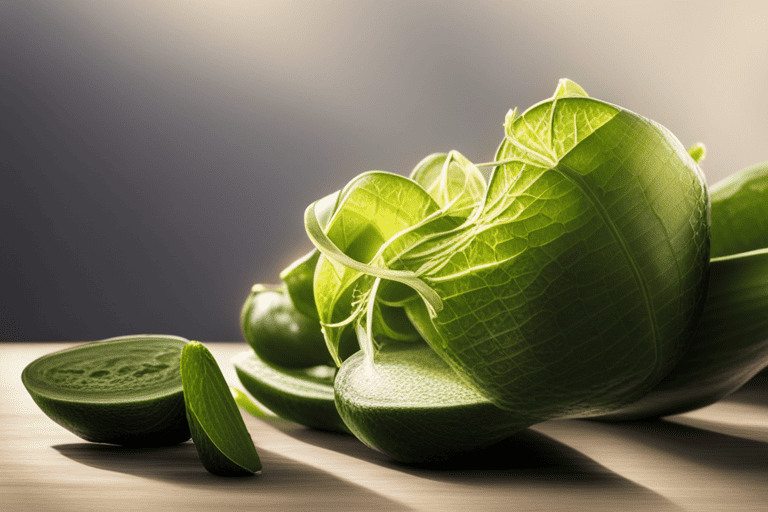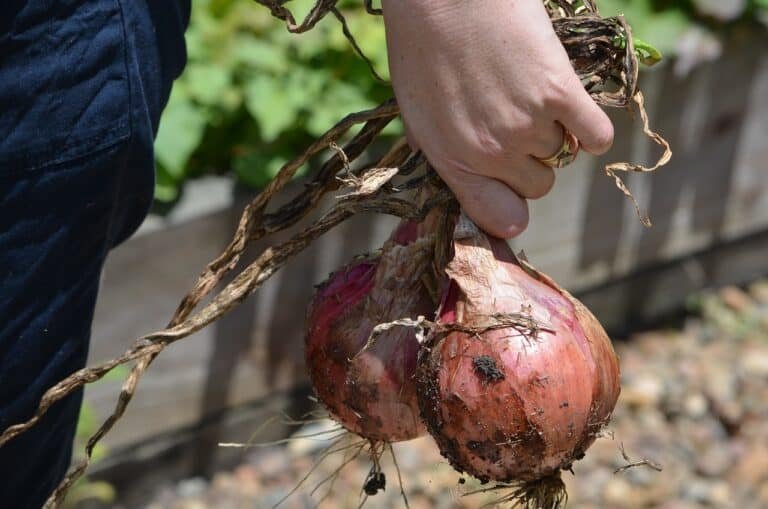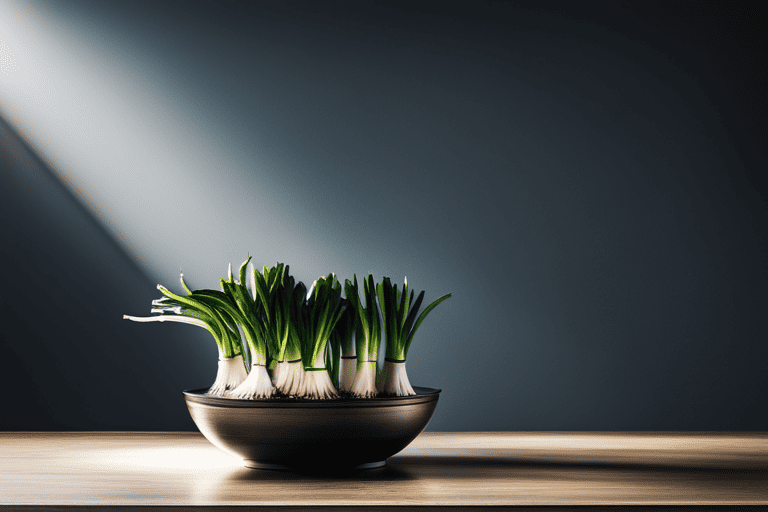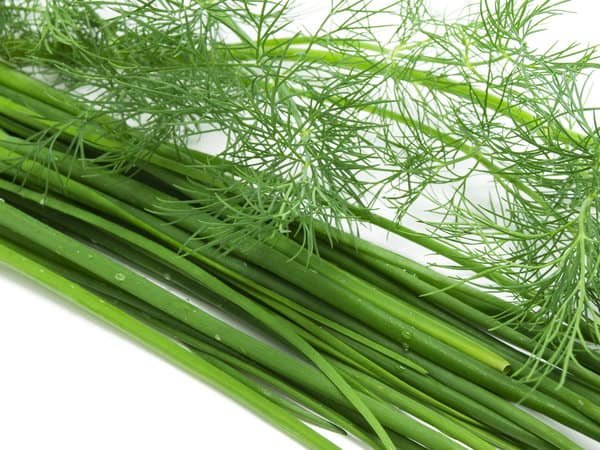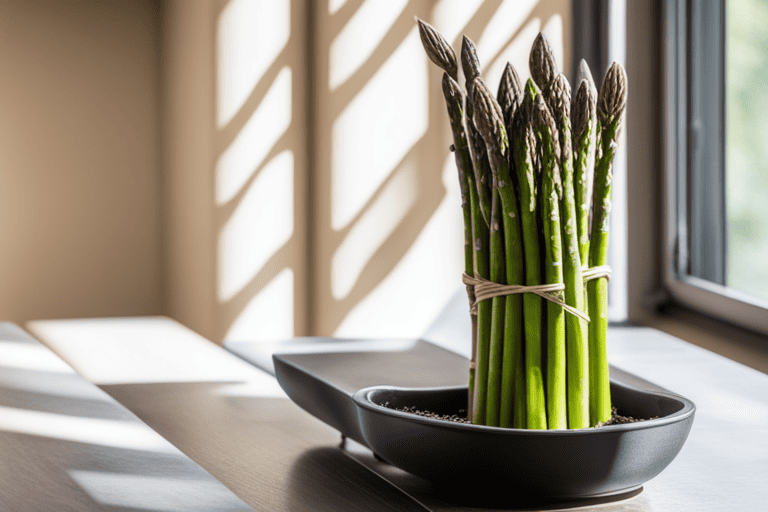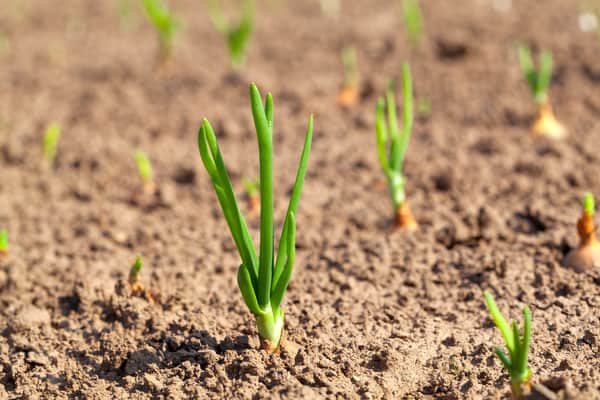When it comes to gardening, the satisfaction of growing your own produce is unparalleled. And while many vegetables can thrive in containers, one crop that often gets overlooked is onions. Traditionally associated with large garden plots, onions are easily adaptable to container gardening and offer a bountiful harvest when given the right care and attention. In this comprehensive guide, we will explore all the tips and tricks you need to know for successfully growing onions in containers.
From selecting the right varieties and preparing the ideal soil mix to mastering watering techniques and managing pests, this article provides everything you need to achieve a flourishing onion crop – even without a traditional backyard garden space. Whether you’re an experienced gardener looking to try something new or a novice enthusiast eager to embark on your first container gardening adventure, join us as we delve into this ultimate guide for growing onions in containers and unlock secrets for achieving a truly abundant harvest.

Choosing the Best Onion Varieties for Container Gardening
Choosing the best onion varieties for container gardening is crucial in ensuring a successful harvest. Certain varieties are more suited to growing in containers, as they require less space and have shorter growing seasons. When selecting onion varieties for container gardening, it is advisable to look for smaller-sized onions such as scallions or bunching onions, which grow well in limited spaces and can be harvested at an early stage. Other suitable options include dwarf or compact varieties that have been specifically bred for container cultivation.
One important consideration when choosing onion varieties for container gardening is their growth habit. Look for onions that produce long green leaves without developing bulbs, as these types can be grown densely together without competing for space. Additionally, consider the desired flavor and use of the onions when making your selection – some varieties may offer a milder taste while others are more pungent.
Overall, selecting the right onion variety will greatly impact the success of your container garden. By opting for compact sizes and focusing on growth habits that suit containers, you can ensure a bountiful harvest while maximizing limited space.
Selecting and Preparing the Ideal Soil Mix for Container-Grown Onions
In order to grow onions successfully in containers, it is important to select and prepare the ideal soil mix. The first step is to choose a well-draining potting mix that promotes root development and prevents waterlogging, as excessive moisture can lead to rotting of the onion bulbs. A recommended soil mixture consists of equal parts peat moss or coconut coir for moisture retention, perlite or vermiculite for improved drainage, and compost for added nutrients.
To prepare the soil mix for container-grown onions, start by filling the chosen container with the prepared potting mix until it is about two-thirds full. It is essential to ensure that there are enough drainage holes at the bottom of the container to prevent water accumulation. Once filled, lightly tamp down the soil mixture while leaving enough space for settling.
By selecting an appropriate well-draining soil mix and adequately preparing it in a container, you set up favorable conditions for growing onions successfully. This will provide proper root development while avoiding issues associated with excess moisture, ultimately leading to a bountiful harvest of fresh onions from your own garden plot or balcony.

Container Selection and Preparation: Finding the Perfect Home for Your Onions
Container selection and preparation is a crucial step in successfully growing onions in containers. When choosing a container for your onions, opt for one that is at least 6 inches deep to allow enough room for the onion bulbs to develop. Look for containers with good drainage holes to prevent waterlogging, as excessive moisture can cause rotting.
Additionally, consider the size of your container carefully. Onions require space and prefer not to be crowded, so it’s important to select a container that provides enough surface area for proper growth. A larger diameter will also allow you to plant multiple onion plants in the same pot if desired.
Before planting your onions, it’s essential to prepare the container properly. Use a high-quality potting mix or create your own well-draining soil by combining equal parts compost or aged manure, garden soil, and sand or perlite. Make sure there are no clumps or compacted areas in the soil mixture as this may hinder root growth.
Properly selecting and preparing a suitable container ensures that your onions have optimal conditions for growth and development throughout their lifecycle.
Essential Tips for Planting Onions in Containers: Spacing, Depth, and Timing
Onions are a versatile and rewarding crop that can be grown in containers with proper care. Spacing is an essential consideration when planting onions in containers. It is recommended to leave around 4-6 inches between each onion plant to provide sufficient room for growth. This spacing allows the bulbs to develop properly without being overcrowded.
When it comes to depth, planting onions at the right level ensures healthy growth and strong root systems. For container gardening, onions should be planted about 1 inch deep from the surface of the soil mix. Planting them too shallow may result in weak plants, while burying them too deep can hinder their ability to sprout successfully.
Timing plays a crucial role in growing onions successfully as well. Onions tend to prefer cooler weather, so it’s important to start planting them early enough before temperatures get too warm during spring or summer months. Ideally, onion seeds or sets should be sown as soon as soil conditions allow in early spring, ensuring they have sufficient time to mature before warmer weather arrives.
Overall, understanding spacing requirements, proper planting depth and optimal timing are key factors for achieving success when growing onions in containers.
Effective Watering Techniques for Container-Grown Onions: Dos and Don’ts
Watering is a critical aspect of growing onions in containers. Dos and don’ts can ensure that your onions receive adequate moisture without waterlogging the soil. Firstly, it’s crucial to water container-grown onions consistently. Onions crave evenly moist soil, so make sure to monitor their watering needs regularly.
Dos: Water deeply until you see excess water draining from the bottom of the container. This ensures that the entire root zone receives moisture and encourages healthy growth. It’s also advisable to mulch around onion plants after watering to help retain moisture in the soil.
Don’ts: Avoid overwatering or letting containers sit in standing water as this can lead to root rot or other diseases. It is best not to rely on a set schedule for watering but consider environmental factors such as temperature, humidity, and rainfall when determining how frequently and how much water your container-grown onions require.
By following these effective watering techniques for container-grown onions, you’ll promote optimal growth while avoiding issues related to under or overwatering – increasing your chances of harvesting bountiful crops at season’s end!
Nutrient Management and Fertilization for Healthy Onion Growth in Containers
Nutrient management and fertilization play a crucial role in promoting healthy onion growth in containers. Onions, like any other plant, require adequate nutrients to grow and develop properly. When growing onions in containers, it is essential to select the right varieties that are suited for container gardening. Additionally, preparing the ideal soil mix with sufficient organic matter and well-draining properties is important to ensure the onions receive optimal nutrition.
Fertilization should be done at regular intervals throughout the growing season to provide a continuous supply of nutrients to the onions. A balanced fertilizer high in nitrogen is recommended during early stages to promote leaf growth while switching to a fertilizer higher in phosphorus during bulb development encourages healthy root systems and bulb formation. It is important not to over-fertilize as this can lead to excessive foliage growth instead of focusing on bulb development.
Proper watering techniques are also critical for nutrient management when growing onions in containers. Overwatering or underwatering can lead to nutrient deficiencies or excesses, affecting onion health and productivity. Maintaining consistent moisture levels by watering thoroughly when the top inch of soil feels dry helps prevent waterlogged conditions while ensuring proper nutrient uptake by the plants.
In summary, understanding nutrient management and implementing appropriate fertilization practices are vital for successful onion cultivation in containers. Selecting suitable varieties, using an ideal soil mix enriched with organic matter, providing balanced fertilizers according to different growth stages, and maintaining consistent moisture levels through proper watering techniques all contribute towards promoting healthy onion growth and maximizing yields.
Pest and Disease Control Strategies for Container-Grown Onions: Protecting Your Harvest
Pest and disease control strategies are crucial for maintaining the health and productivity of container-grown onions. To protect your harvest, it is essential to implement preventative measures that minimize the risk of pests and diseases. One effective strategy is to practice good sanitation by regularly removing dead plant material, weeds, and debris from the containers. This helps eliminate hiding places for pests and reduces the chance of disease transmission.
Choosing disease-resistant onion varieties can also help in pest and disease control. Look for cultivars that have been bred specifically for resistance against common onion diseases such as downy mildew or onion root rot. Additionally, implementing crop rotation practices can prevent the buildup of pathogens in the soil while promoting overall garden health.
Another important strategy is monitoring for signs of pests or diseases early on so that targeted interventions can be implemented promptly if needed. Regularly inspect plants for any abnormalities such as discoloration, wilting, or insect damage. If problems are detected, organic pest control methods like handpicking insects or using natural insecticides can be employed to reduce infestation.
By following these pest and disease control strategies, you can safeguard your container-grown onions against potential threats while ensuring a successful harvest of delicious homegrown produce.

